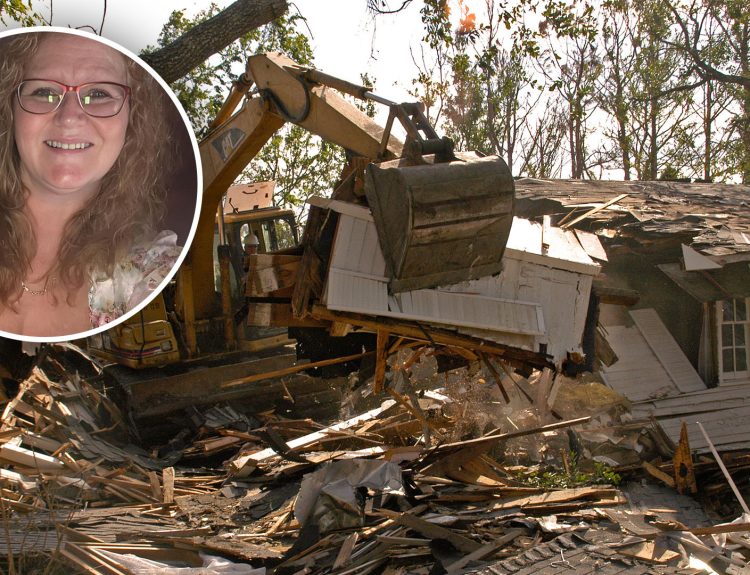Boomers bought up the big homes, and now they’re staying put. The so-called Me Generation isn’t budging from the sprawling houses they snapped up when raising families, even though the kids are long gone.
These older homeowners are sitting pretty in a housing market where tight inventory, higher interest rates, and sky-high prices make homeownership a pipe dream for most families today. After paying off mortgages on properties that have appreciated tremendously in value, many boomers are happy where they are.
Boomers Bought Big Homes, Now Won’t Budge
Many baby boomers purchased spacious houses when raising families but now refuse to move out even though their children have grown up.

According to research by Redfin, roughly 28% of homes with three or more bedrooms are owned by people between 60 to 78 living alone or with another adult.
Tight Inventory and High Prices Lock Out Younger Buyers
The housing shortage and rising interest rates have made it difficult for younger buyers to purchase homes, especially larger ones.
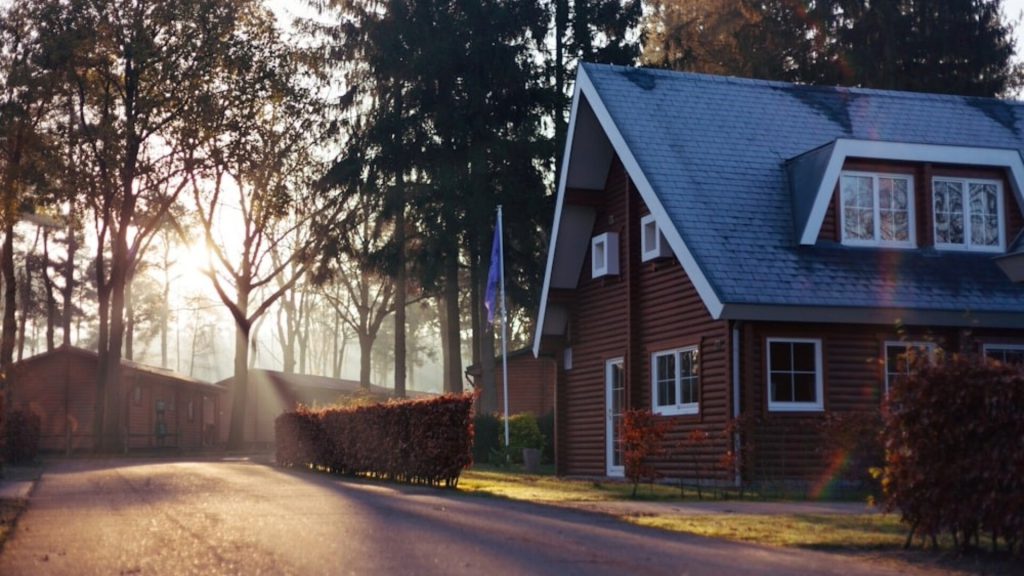
According to Redfin, only 14% of homes with three or more bedrooms are owned by Millennials with children, compared to 28% owned by Baby Boomers living alone or with another adult.
Many Boomers Have Paid Off Mortgages and Gained Home Equity
The majority of boomers bought homes when interest rates were much higher than today, often paying double-digit mortgage rates in the 1980s.
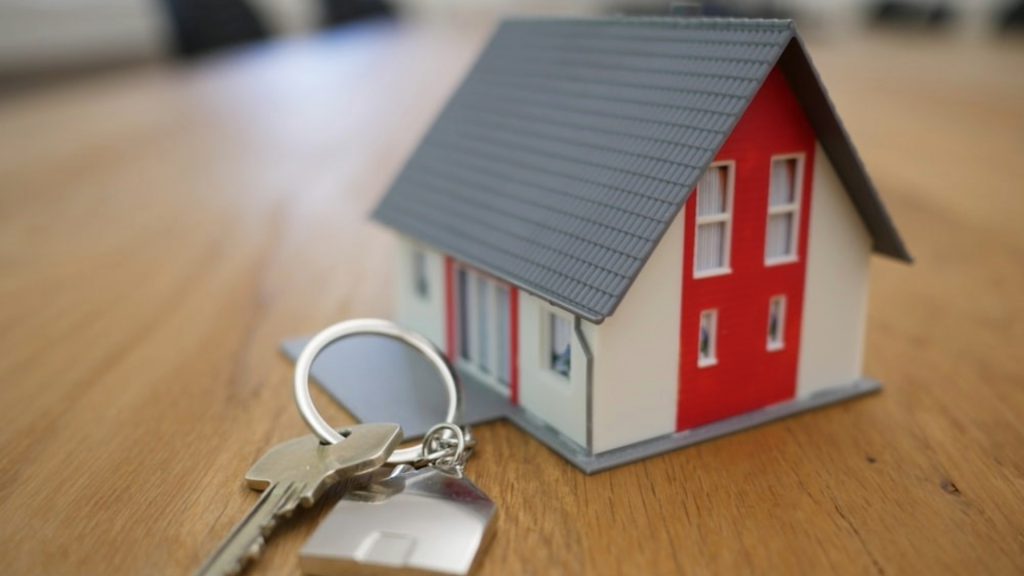
Not having a monthly housing payment gives boomers financial freedom and flexibility in retirement that younger generations struggle to achieve today with lower wages and higher costs of living.
Some Love Their Big Houses, While Others Want to Downsize
Many baby boomers have grown accustomed to and fallen in love with their spacious homes over the years, even after their children have moved out.

After spending decades paying off a mortgage, many see no reason to move and take on a new housing payment but other consider downsizing a good option.
Lack of Suitable Housing Options
New retirement communities and smaller homes are not being built quickly enough to match the demand.
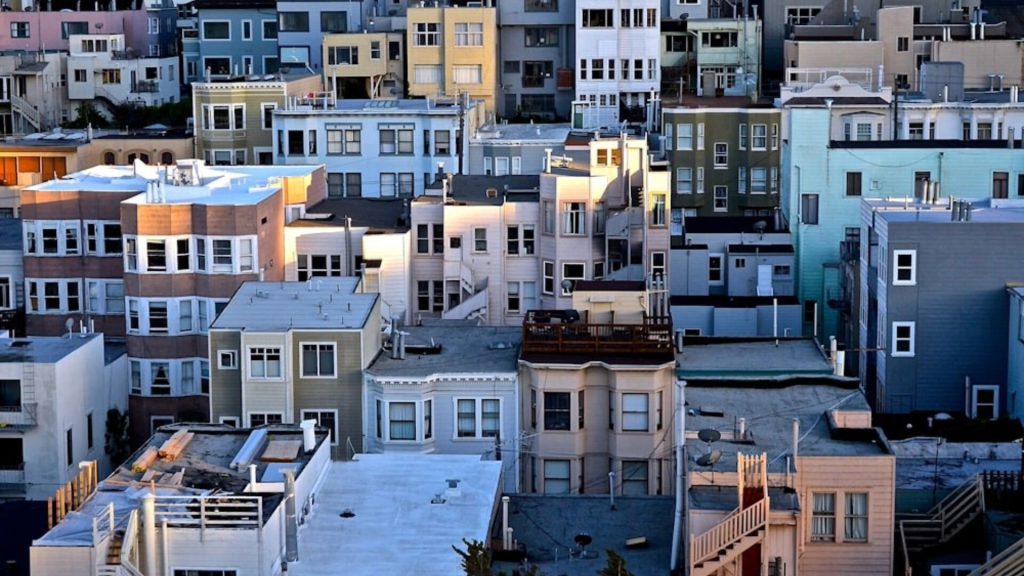
Many boomers want to remain in the same neighborhood to stay close to friends and community connections, but inventory is low.
High Costs Involved With Downsizing
Between real estate commissions, closing costs, and moving expenses, the total bill can be tens of thousands of dollars.

For those looking to move into retirement communities, entrance fees are also typically required, ranging from $10,000 up to $500,000 or more for high-end communities.
New Construction Hasn’t Kept Pace With Demand
Homebuilding declined sharply during the housing crisis of 2008 and took years to recover. Many builders went out of business, and financing for new construction dried up.
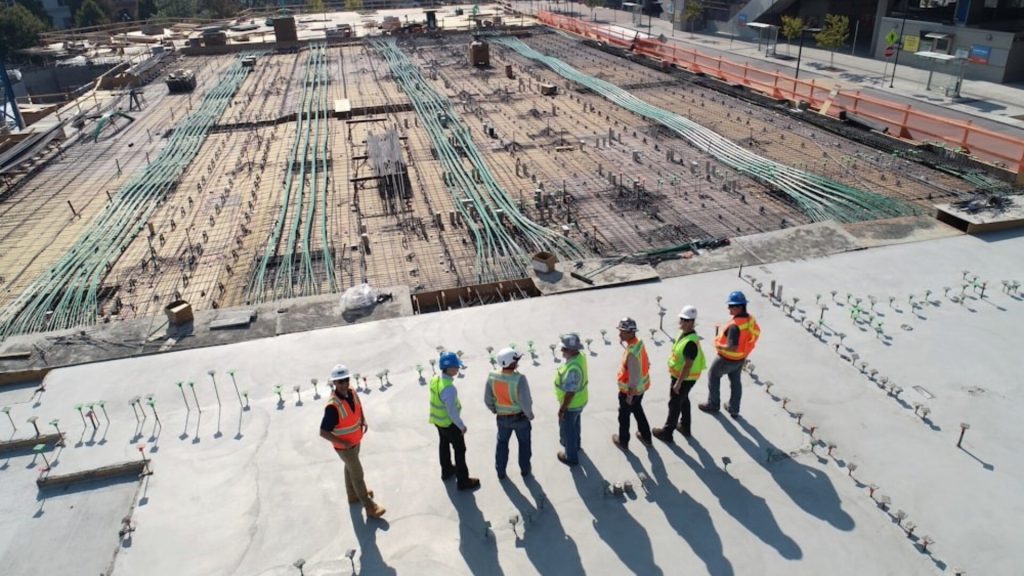
Although building has picked up again in recent years, the industry has struggled to boost supply to pre-recession levels.
Rising Costs and Interest Rates
The costs of building a new home have soared due to increasing prices for materials and labor. At the same time, interest rates on mortgages have jumped, making it more expensive to finance new construction.
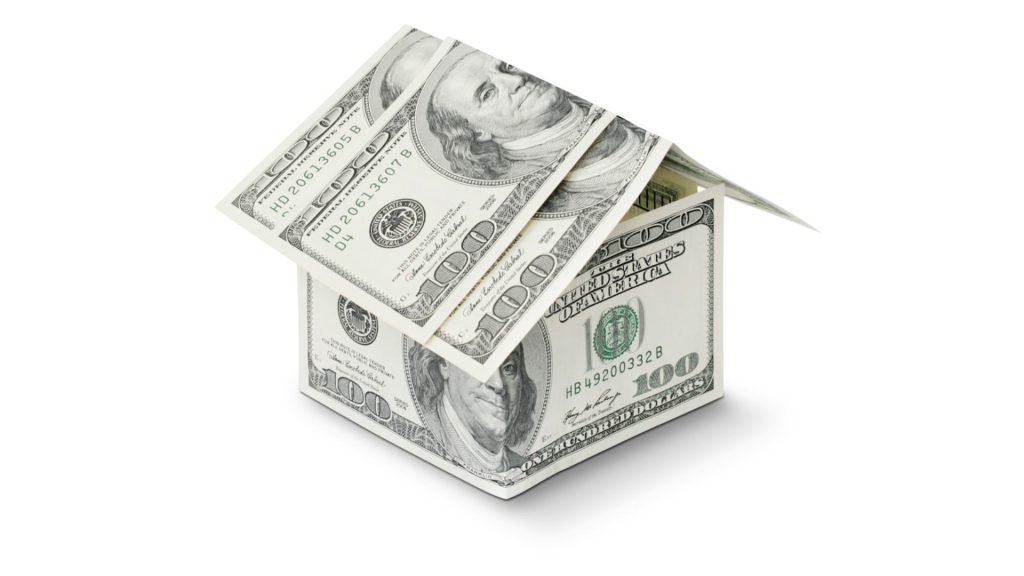
These higher costs have squeezed builder profits and made new homes less affordable for buyers. Many builders have focused on building luxury homes with higher profit margins.
Boomers Selling en Masse Wouldn’t Solve Housing Shortage
While some analysts have long predicted that baby boomers would flood the market by selling their large family homes, the reality is more complex.

According to a recent analysis by Redfin, about 28% of homes with three or more bedrooms are owned by Americans between 60 to 78 years old.
Lack of Affordable Housing Dampens Economic Optimism
The lack of affordable housing and limited inventory has made the goal of homeownership elusive for many. Renters struggle to save enough for down payments and closing costs.

Young families hoping to trade up to larger homes for growing families find their options limited and prices out of reach. Even older homeowners hoping to downsize find smaller homes in short supply and high-priced.
Median Home Prices Have Risen 10x Since Boomers First Bought
According to research by the St. Louis Fed, the median prices of existing single-family homes have skyrocketed more than 10 times since the 1970s, when the oldest baby boomers were first buying homes.
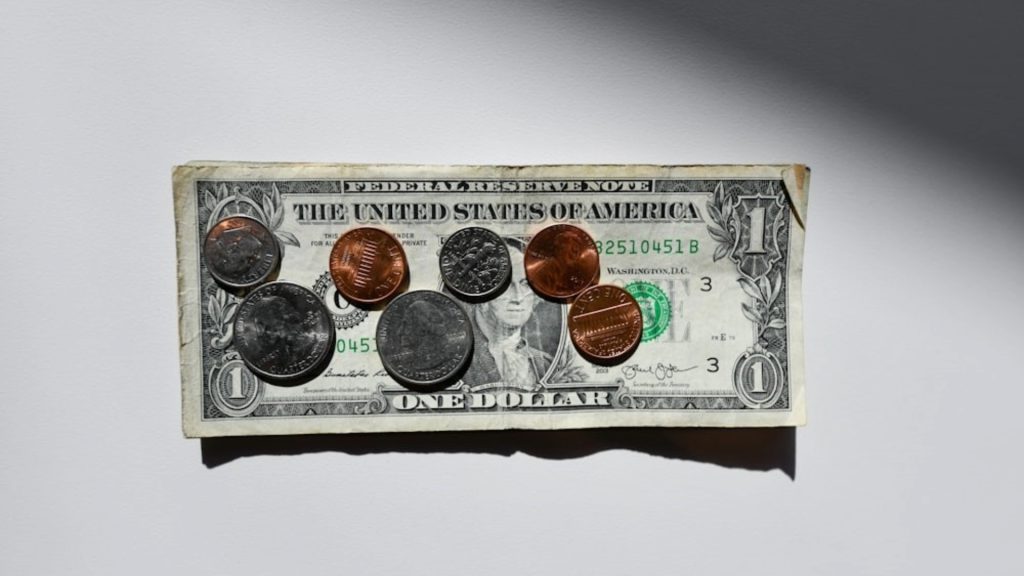
For example, Richard and Laurie Brooks have bought and sold several properties since the 1970s, starting with a condo that Richard purchased for $122,000 when he was just 24. The couple traded up over time to their current 5,000-square-foot, five-bedroom house in Westwood, Massachusetts, for $1.5 million.
Boomers Benefiting From Low Rates and Government Stimulus
The baby boomer generation has benefited greatly from historically low-interest rates and government stimulus programs over the years.

Boomers were able to take out mortgages when interest rates were low, allowing them to buy properties at affordable prices.
Boomers Have Everything Working For Them
The combination of appreciating assets, low-interest rates, and government support has enabled boomers to achieve financial security and a comfortable retirement.

However, their good fortune has made it harder for younger generations to attain the same standard of living and financial stability.
Nowhere Else to Go
For many boomers, suitable and affordable alternative housing is limited. Smaller homes near amenities boomers value, like single-level living and proximity to healthcare, are scarce and often pricey.
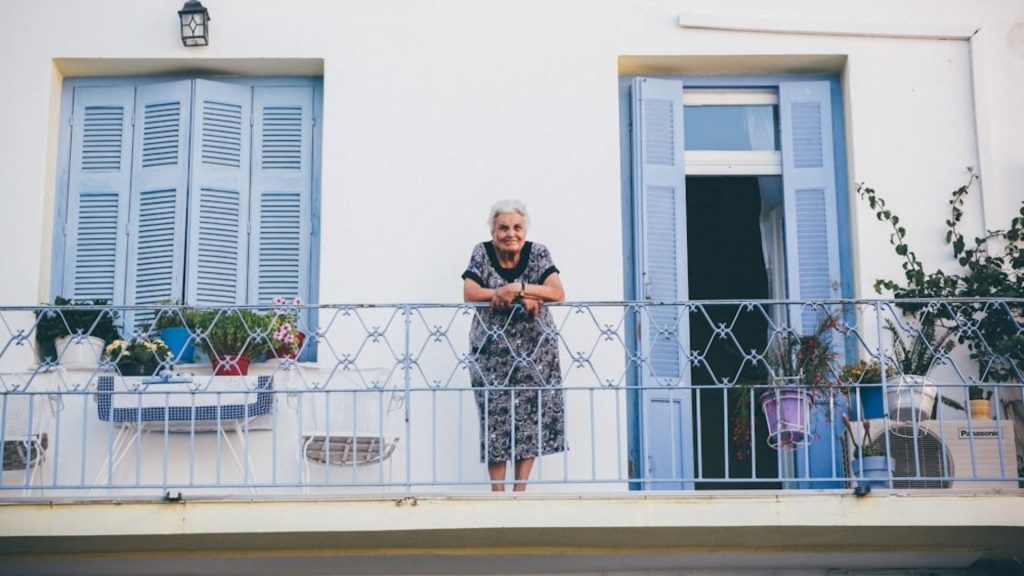
The bottom line is that for most baby boomers, the homes they’ve lived in for years meet their needs, and the financial benefits of staying put typically far outweigh the costs and hassles of moving.






